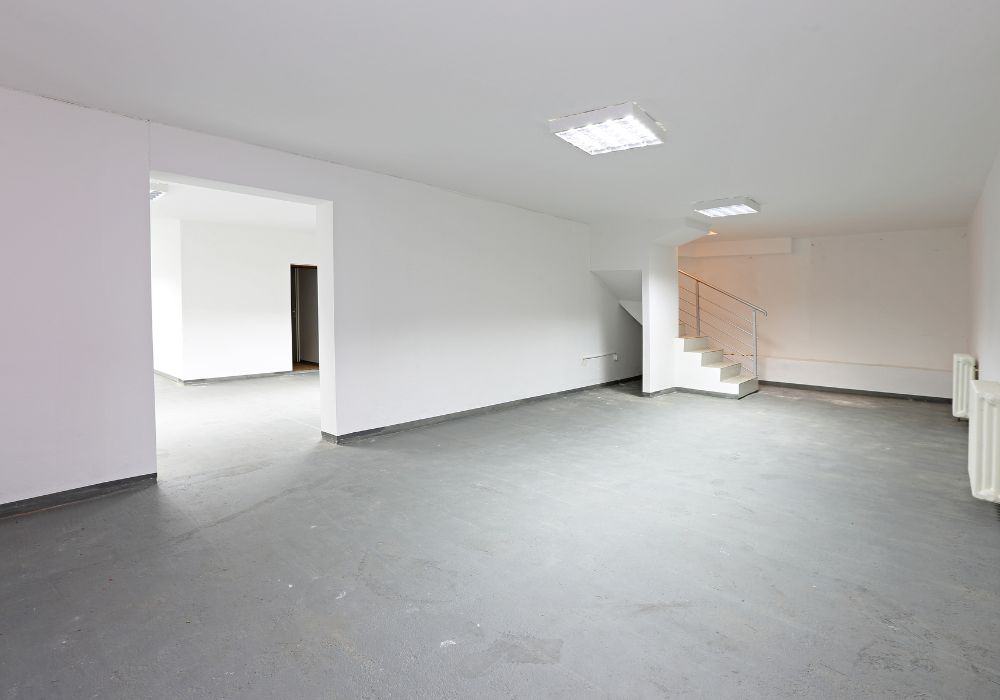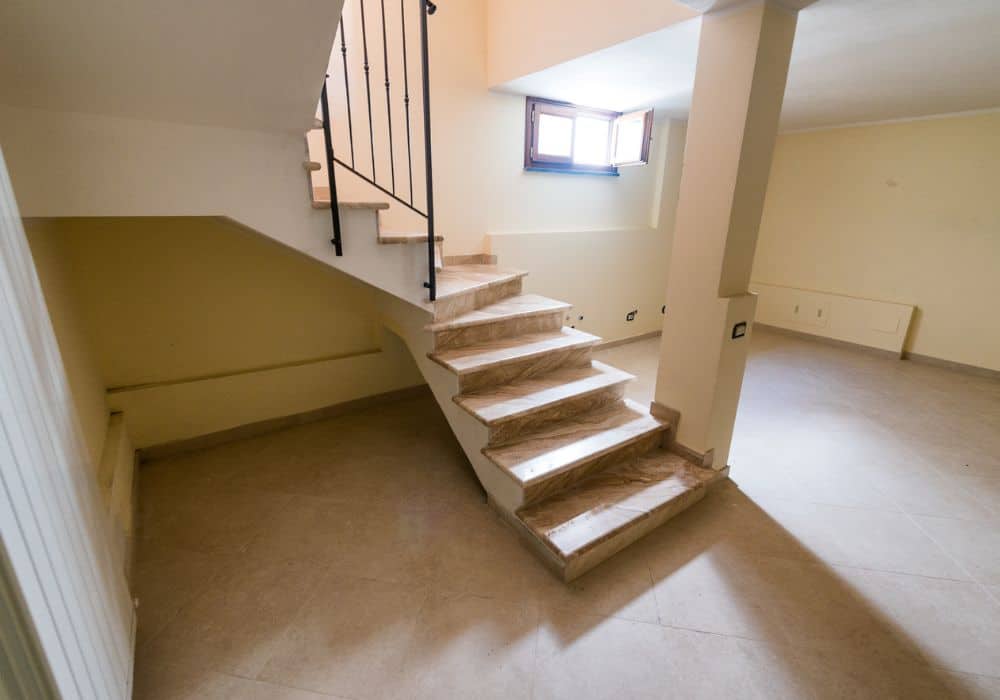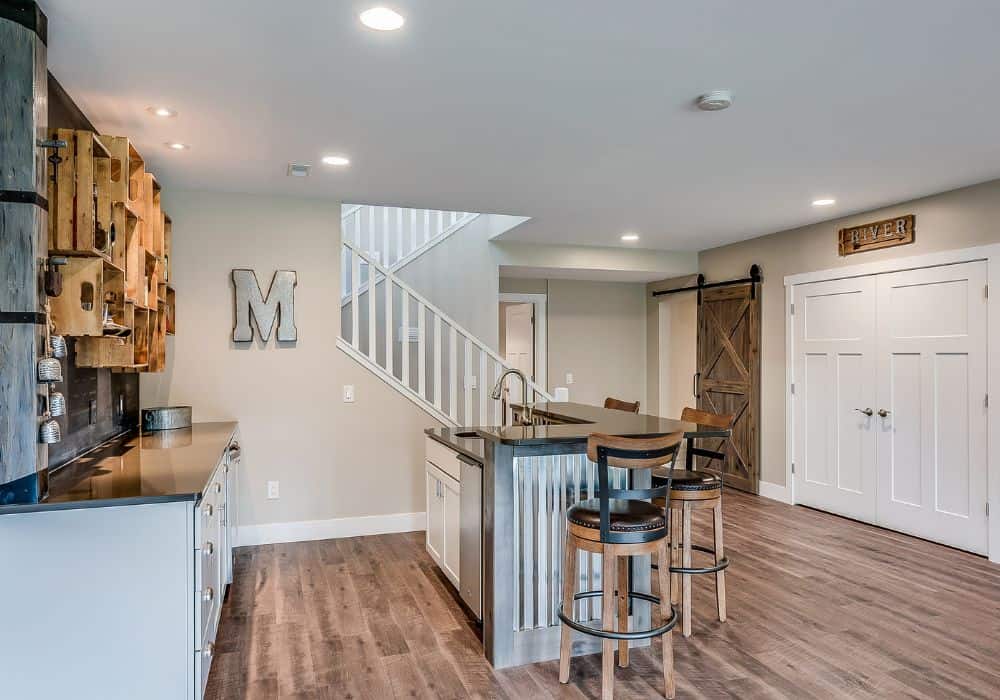A basement can be an incredibly useful room, but not everyone has it. Maybe the home you moved into doesn’t have a basement, and you know it has something to do with how the house was constructed. Or you’re a homeowner who wants to add a basement but you don’t know how.
Well, don’t worry! Thanks to technology, there are ways for you to get the basement you’ve always wanted and a way for you to save money by not having to tear down the whole house, so keep reading to find out how.
Can you add a basement after the house is done?
Adding a basement to an existing house is a way to expand your living space. However, it’s important to consider the cost and effort involved in building a basement in your current home before choosing this route.
Building a basement in an existing house is possible, but it’s not always the most feasible solution. If you’re considering a basement addition, keep in mind that while the cost of building a basement may be comparable to other additions to your home, you’ll also want to factor in the cost of all the related construction and renovation projects that will take place outside of your basement.
Make sure you have enough space for your new basement to fit. This means checking local codes and ordinances as well as ensuring that any additions won’t pose a safety hazard to your family or compromise the structural integrity of your house.

If you live in an area where the ground is especially soft or swampy, if your house has been built on a concrete slab or sits on pillars rather than a traditional foundation, or if you are prone to floods, the idea of adding a basement may seem pretty far-fetched.
But rest assured: with some careful planning and the right materials and construction methods, you can add a basement to your existing home.
Why might you need a basement?
If you live in a region where it’s common to build basements, you might already be aware that they’re a great way to create living space in your home.
Adding a basement to your home gives you all sorts of new living space. Use it as additional living space for family members or as an extra bedroom for guests (or both). Basement areas also make great playrooms for kids.
The most obvious advantage of adding a new basement is being able to access more floor area within the footprint of your home. If you’re building on an uneven lot that isn’t suitable for home addition through traditional means, an underground expansion might be the only way to get more living and storage space.
What’s the preparation for digging a basement?
1. Check laws
First things first, do some research and see if it’s legal to do so in your area. Even if you may think the project is hidden and no one can control it, your local zoning laws may not allow you to add a basement to your home. If you’re considering adding a basement, check with your city or town hall for any zoning laws that might prohibit such construction.
2. Check policies

Before you start digging, it’s wise to also check with your insurance company about policies that might affect the price of adding a basement. Also bear in mind that local rotary or homeowner’s associations may have rules about constructing basements.
3. Check the foundation
The best way to build a basement in an existing house is to start from the ground up. The key is to be sure that the foundation is solid and sturdy. If you do not have a strong and reliable foundation, you will have more problems than you began with. Starting from scratch can also help you avoid the costly mistakes that often occur in remodeling.
Do not use a basement for living space unless it has its independent support structure (this means it should not be attached to the main column of the house).
Begin to build your basement
1. Getting your house ready for renovation
The first step in building a basement is to clear space around and in your house. You’ll need to remove any trees or bushes that are too close to the structure and you’ll want to make sure that any drainage pipes or electrical wires are not located near the building site.
If you’re going to be digging out soil, you should also consider hiring a professional landscaper to come in and grade the area so that water can run away from your home during heavy rains or snowfalls. You might also need their permission if your house is close to your neighbor.
2. Get the house out of the way
Depending on how much work the basement will need, you may need to support the house during construction.
This can be done by the contractors with posts or by moving it entirely onto blocks or skids. Otherwise, it will be impossible for workers to access the necessary tools needed for excavation works without harming walls and floors inside living spaces.
3. The digging process
Once you’ve made sure that there are no obstacles, you’ll want to begin digging out your basement. The easiest way to do this is by using a backhoe. A backhoe will dig out dirt and move it away from your house so you don’t have to do it by hand. It’s important that you keep your backhoe on level ground and away from any nearby structures or objects so as not to damage them while digging out your basement.
4. Build your basement
Once you’ve dug out enough space for your new basement walls, it’s time to install plumbing pipes so that water can run into and out of the area easily. You’ll also need to install ventilation pipes so that fresh air can flow through the basement as well as drainage pipes so that any water that gets into it flows back out again.
You’ll need to make sure that your existing foundation is sturdy enough to support the weight of whatever building materials you plan on using in your basement (such as concrete). You may also want to consider installing a waterproof membrane around the perimeter of your home’s foundation so that any water does not seep into your basement walls.
Pour a layer of gravel on top of your foundation. This will help keep moisture away from the walls and give them some extra support while they’re drying out after being poured.
Basement costs
The cost of pouring concrete walls depends on what type of concrete is used (regular versus reinforced), how many layers are needed for each wall segment, and how many inches thick each layer needs to be to meet current building code standards (typically around 32 inches).
The lowest price to turn a crawlspace into a finished basement per square foot can be around $35, and the highest is around $75.
Now that the structure of your basement is completed, there are still some things you will have to spend money on. New and separate plumbing, insulation, and drainage installation can add up to anywhere between $3,000 and $10,000. After the basement is finished, you can furnish it, but keep in mind this can add $30,000.

After adding every cost, your full basement’s price can go over $100,000, so keep that in mind before thinking about starting this process.
Does a basement add value to a house?
Adding a basement can be expensive and time-consuming, but it can also add significant value to your home’s overall value. In other words, if you are thinking about adding a basement, think long and hard about what that means for your home’s resale price.
If you’re looking at selling your house soon or just want to make sure that it will sell in the future, then deciding on whether or not to build a basement will help determine whether or not you should proceed with the project.
Conclusion
If you’ve ever wanted to add a basement to your home but didn’t know how we hope this article cleared things up a little.
Depending on your area, your house, and your budget, it may not be the best idea, but if you figure everything out and find the best solution for you, a great constructor can give you a basement even after your house is finished.
Keep in mind that this is a lengthy and hard process, so get ready for a long road to the basement of your dreams. And if you are still unsure about it, you can ask us in the comment section!
